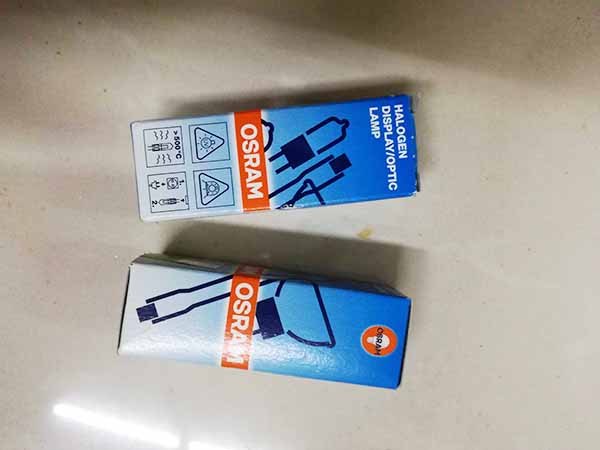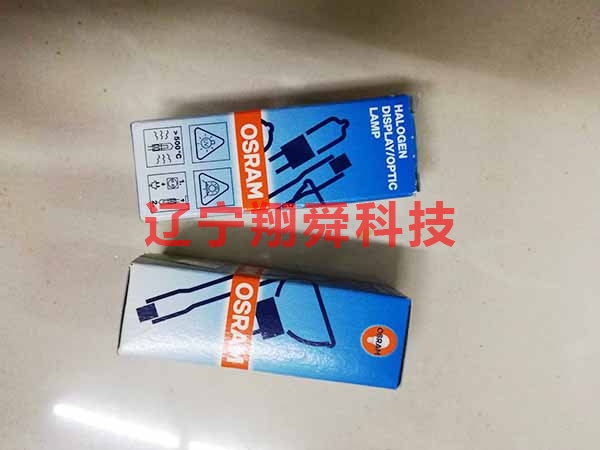
Organic microscopic components of coal in coal and rock analysis system
a) vitrinite group
The vitrinite group is the most common and most important group of microscopic components in coal. It is formed by gelation of the roots, stems and leaves of plants under the reducing conditions of water coating.
The vitrinite group can be divided into three microscopic components, namely: structural vitrinite, unstructured vitrinite and detrital vitrin.
2) Inert group
Also known as the silk group, it is a common microscopic group in coal. It is formed by the roots, stems, leaves and other tissues of plants under the relatively dry oxidative conditions, deposited by peatization and deposited in peat swamps; it can also be carbonized, oxidized, spoiled and fungal corrosion by peat surface. caused. The fungal fungus is already an inert group in the original plant, and the inert group can also be formed by coalification by the vitroma group and the chitin group. The inert group is black opaque under transmitted light, bright white to yellowish white under reflected light; highest carbon content, lowest hydrogen content, medium oxygen content; specific gravity 1.5, high abrasive hardness and high microhardness. The protrusions are high, the volatiles are low, and there is no adhesion.
c) The chitin group is also called the stable group and the lipid group. The chitin group includes sporophytes, horny bodies, cork plastids, resin bodies, exuded asphalt bodies, waxy bodies, fluorescent plastids, algae bodies, detrital chitin bodies, asphaltene bodies and chlorophyll bodies. They are composed of relatively hydrogen-rich plant matter such as sporopollen, keratin, cork, resin, wax, gum, latex, fat and oil; in addition, protein, cellulose and other carbohydrate decomposition products are also Can participate in the formation of the chitin group. The chitin group contains a large amount of aliphatic components, wherein the fat ~ wax is soluble in organic solvents, while the cork ~ keratin is insoluble. The chitin component has a high hydrogen content and can produce a large amount of tar and gas when heated, with poor or no adhesion.

















